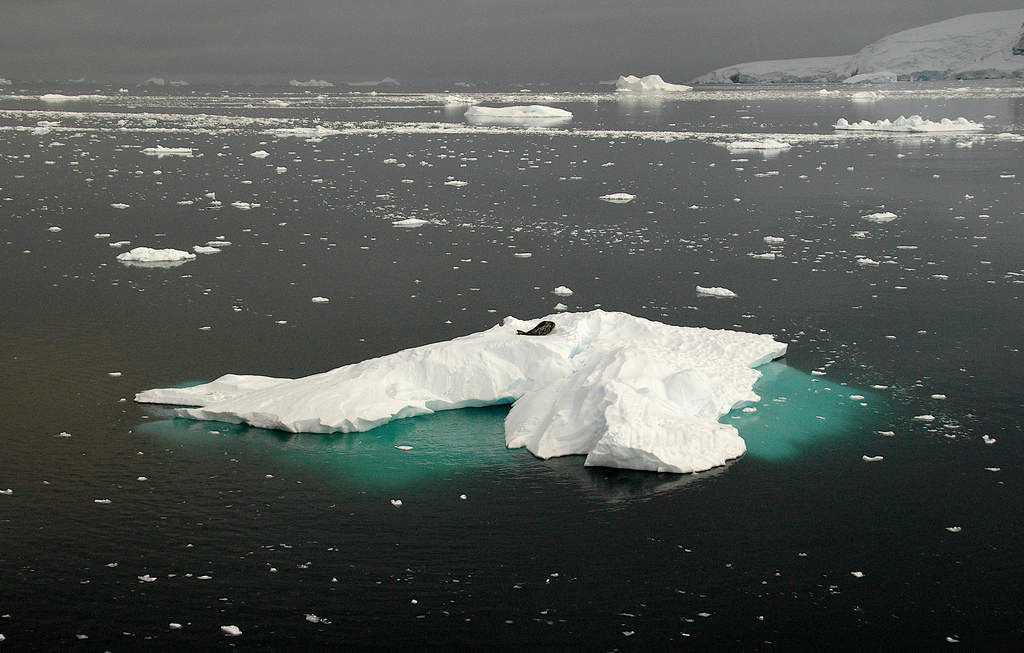In the century since Norway’s Roald Amundsen was the first to plant a flag at the South Pole, Antarctica has effectively — and uniquely — been treated as a shared space by the world’s nations. The Southern Continent’s apolitical status was reinforced by the 1959 Antarctic Convention, which stipulates that the area be used exclusively for scientific research. The result has been the preservation of one of the world’s most pristine environments and a triumph for international cooperation.
For the past few years, a majority of member nations of the Commission for the Conservation of Antarctic Marine Living Resources have attempted to extend similar protections to certain areas of the Southern Ocean ringing the continent. At a special mid-year commission meeting in Bremerhaven, Germany, this past summer, the proposal’s backers were stunned when Russia, supported only by Ukraine, unexpectedly blocked the Southern Ocean sanctuary.
This week, the measure to create what would be the world’s largest marine protected area will be on the table once more at the commission’s annual meeting in Hobart, Australia. After the sanctuary’s proponents, led by the United Sta... Read more



